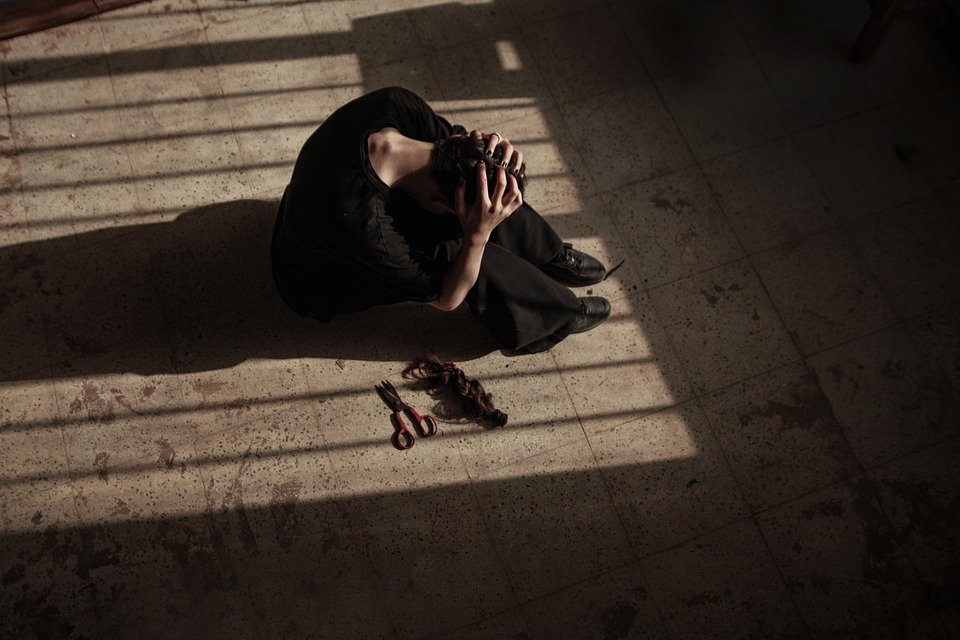The Russian Revolution: From Tsarist Rule to Communism
Introduction:
The Russian Revolution, which occurred in 1917, was a crucial turning point in history that shaped the political landscape of the 20th century. It marked the downfall of the Tsarist autocracy and the rise of communism in Russia. This article will provide an overview of the Russian Revolution, its causes, key events, and its impact on the world. Additionally, a FAQs section will address common questions about this historic revolution.
Causes of the Russian Revolution:
The Russian Revolution can be attributed to a combination of political, economic, and social factors. The autocratic rule of the Tsars, economic inequality, widespread poverty, and the impact of World War I all played significant roles in fueling discontent among the Russian population. The working class, peasants, and intellectuals formed revolutionary groups, demanding political reforms and a fairer distribution of wealth.
Key Events of the Russian Revolution:
1. February Revolution: In February 1917, protests erupted in Petrograd (now St. Petersburg) due to food shortages and deteriorating living conditions. The protests quickly escalated, leading to the abdication of Tsar Nicholas II. A provisional government was established, marking the end of the Tsarist autocracy.
2. October Revolution: The provisional government was unable to address the pressing issues facing Russia, resulting in further unrest. The Bolshevik Party, led by Vladimir Lenin, seized power in Petrograd in October 1917, overthrowing the provisional government in what is known as the October Revolution. Lenin’s government quickly implemented radical reforms, including the redistribution of land and the nationalization of industries.
3. Civil War: The Bolsheviks faced opposition from various groups, including the White Army (anti-Bolshevik forces) and foreign interventionists. The civil war, which lasted from 1918 to 1922, resulted in immense destruction, loss of life, and economic instability. The Bolsheviks emerged victorious, consolidating their power and establishing the Union of Soviet Socialist Republics (USSR) in 1922.
Impact of the Russian Revolution:
1. Rise of Communism: The Russian Revolution paved the way for the establishment of the world’s first communist state. The Bolsheviks’ success in Russia inspired communist movements globally, leading to the formation of numerous communist parties and ideological conflicts throughout the 20th century.
2. Redefinition of International Relations: The Russian Revolution challenged the existing world order, promoting the spread of revolutionary ideas and fueling anti-imperialist movements. The establishment of the USSR as a superpower directly impacted international relations, contributing to the formation of the Cold War and shaping global politics for decades.
3. Social Reforms and Industrial Development: The Bolsheviks implemented radical social reforms, including the introduction of universal education, healthcare, and women’s rights. They also focused on industrializing the country, leading to rapid industrial development and urbanization. However, these achievements came at the cost of political repression and the suppression of dissent.
4. Legacy and Historical Interpretations: The Russian Revolution continues to be a subject of debate among historians and scholars. While some argue that it laid the foundations for totalitarianism and a repressive regime, others view it as a catalyst for social progress and the empowerment of the working class.
FAQs (Frequently Asked Questions):
Q: What were the main goals of the Russian Revolution?
A: The main goals were to overthrow the autocratic rule of the Tsars, establish a socialist state, and address social and economic inequalities.
Q: How did the Russian Revolution impact the rest of the world?
A: The Russian Revolution inspired communist movements globally and challenged the existing world order. It contributed to the formation of the Cold War and influenced international relations for decades.
Q: Were there any other revolutionary groups besides the Bolsheviks?
A: Yes, there were other revolutionary groups, including the Mensheviks and the Socialist Revolutionaries, who had different ideologies and goals.
Q: How did the Russian Revolution affect the Russian economy?
A: The Russian Revolution led to the nationalization of industries and the redistribution of land. It also resulted in economic instability and the destruction caused by the civil war.
Q: What happened to the Tsar and his family after the revolution?
A: The Tsar, Nicholas II, and his family were held under house arrest after the revolution. In 1918, they were executed by the Bolsheviks.
Conclusion:
The Russian Revolution transformed Russia and had a profound impact on the world. It brought an end to the centuries-old Tsarist rule, established the USSR as the world’s first communist state, and redefined international relations. The revolution’s legacy continues to be debated, highlighting its complex historical significance.


